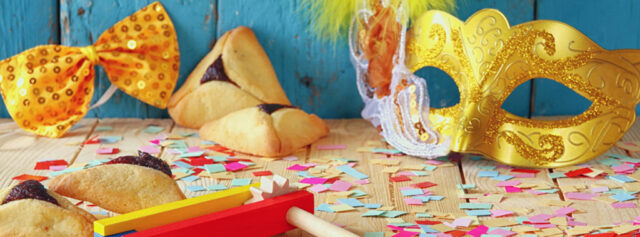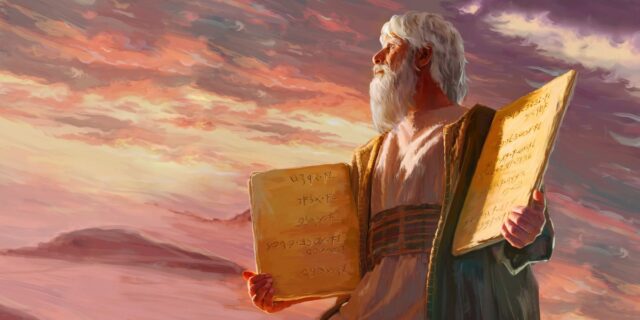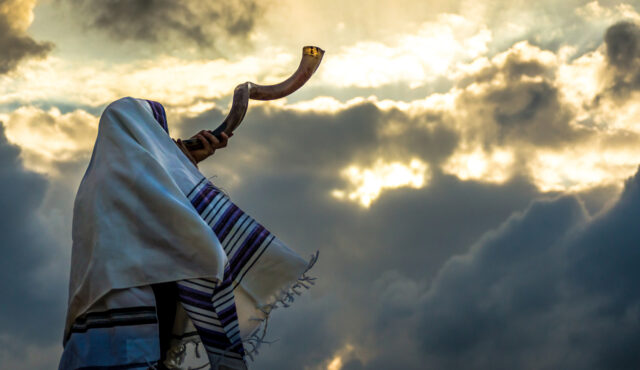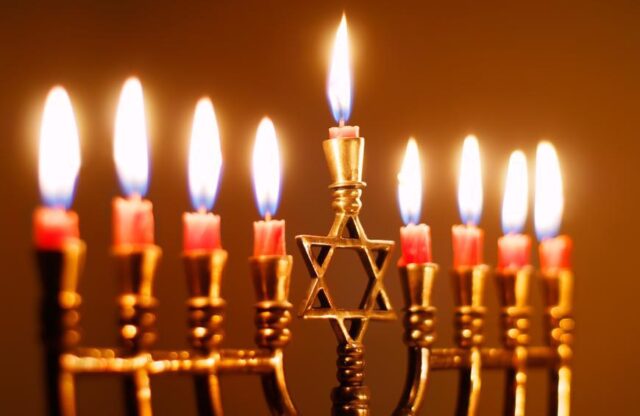
The term “holiday” usually means a day of rest filled with activities that contribute to our good mood. Therefore, holidays are not only a necessary break in the work-filled daily routine but also an opportunity to renew our life force.
The Meaning Of Jewish Holidays
Holidays have been associated with religion and mythology since ancient times. The old feasts of hunters, cattlemen, farmers, the feasts of the first catch, the fruits or harvest, were almost always accompanied by the prayer, ritual feast, song, mutual visits and exchanging gifts.
To this day, they have retained their essential feature of a non-working day dedicated to family and loved ones. The holiday is a day of rejoicing, but also a day when one surrenders to thoughts and prayers.
4The Shabbath

The Shabbat, for Jews, begins at sunset on Friday and ends on the Saturday after sunset. Shabbat is the largest Jewish holiday. It is a day of rest when physical work and every working activity ceases. It is related to two biblical events: the creation of the world and the enslavement of Jews in Egypt.
Shabbat is considered a symbol of the eternal agreement between God and the Jewish people on the necessity of work and the obligations of rest because both work and rest are equally important to human well-being. The thought of setting aside one day a week for rest and the obligation to break away from daily worries once a week is a unique phenomenon in the ancient world.
The origins of the Shabbat and the way it was celebrated are lost in the blur of ancient times. This happened with many other Jewish holidays as well. From the scarce information, we can see that Shabbat was not only a day of rest but also a day of joy and pleasure.
People were gathering at Shabbat in Jerusalem to celebrate the feast. They were visiting the Temple but also traveled around the country and visit their relatives and friends.
During the Second Temple period, there were ascetic sects, the Samaritans, the Essenes, and later the Karaites, who forbade the use of fire and light on Shabbat, even if they were lit before Shabbat.
The Pharisees greatly abated the rigors of Shabbat and preserved it for joy and enjoyment. By their interpretation, they allowed the use of fire and light if they were lit before Shabbat. They also allowed the Shabbat to be violated if it was about helping the sick or saving lives. Such a Shabbat left a mark on the entire life of the Jews and became the legacy that most influenced the way of life of civilized humanity.
3Yom Kippur

Yom Kippur is a holiday of reconciliation, repentance, and forgiveness. It is celebrated on the tenth day of the month of Tishri (September / October) and is performed in the temple in prayer and fasting. Fasting for Yom Kippur implies that during the 25 hours of fasting, no food, water is brought in, and the individual refrains from any luxury and pleasure.
The goal of fasting is to dedicate one’s thoughts to one’s past and future actions, to reconsider behaviour and personal responsibility, and to the path of further work and development. The basic thoughts are repentance, moral optimism and broad compassion for human suffering, and especially for the suffering of Jews.
Thoughtful repentance is considered one of the most sacred lessons of Judaism. The days between Rosh Hashana and Yom Kippur, are days of Divine judgment called Yamim Noraim. With the completion of Yom Kippur, it is time for entering the next annual cycle, with the best hopes for a successful year.
2Rosh Hashanah (New Year)

Rosh Hashanah is the name for the Jewish New Year, which is celebrated on the first and second day of the seventh month of Tishri. This holiday, as well as Jom Kippur, is different from other Jewish holidays by the atmosphere. In the days of these two holidays, feelings of deep seriousness and moral responsibility are expressed. It is also referred to as the “terrible days” (Yamim Noraim).
According to belief, in these days, humans will face the “heavenly judgment”. This holiday is attached to the life of an individual and his religious feelings to his deepest inner trials and behaviors, both towards God and with people.
The Rosh Hashanah generally symbolizes a man’s aspiration for a prosperous year. To emphasize the anticipation of a good year, it is customary to start the New Year’s dinner with something sweet. Usually, it is a slice of bread with honey or sugar or an apple dipped in honey. Sour and spicy food should be avoided. The ritual of washing hands is also common among Jews – it is called Netilat Yadayim.
This kind of ritual is performed with a blessing before eating bread with any other food. A special hand-washing cup is also used for this occasion. This washing cup is called Netilat Yadayim. It is interesting to note that this cup has two handles on both sides. They serve to perform the ritual washing of hands properly.
You can find the washing cups at Jewish Shop, and such washing cups are common in almost every Jewish home and are used for daily ritual hand washing. It is thought that in this way, the hands will be purified before eating bread or praying. However, Rosh Hashanah is not a “house” holiday, so except for shorter rituals at home, all the ceremonies are performed in the temple outside the house.
The morning service starts early in the morning and lasts until noon. Believers pray with a rapture that culminates in the ritual of blowing into the Shofar. There is no usual rest after lunch. Believers return to the synagogue, read the psalms and perform the afternoon service. Evening prayer also consists of reading psalms. Except for one part, the whole prayer is repeated on the second day.
1Hanukkah

Hanukkah is celebrated on the 25th of Kislev according to the Jewish calendar, as a remembrance of the victorious liberation struggle of the Jewish people against the Hellenistic invaders during the reign of Antiochus IV Epiphanes of the Seleucid dynasty in the 2nd century BC.
Hellenism was an expression of the aspiration of the unification in the multi-tribal and multi-religious Greek empire. It was done by assimilation and the imposition of Greek culture and religion. As a culmination in the Hellenistic attempt to destroy Jewish national specificity in the occupied Jewish state, there was a ban on basic religious rights.
Under the leadership of Judah Maccabees, the Greek army was suppressed, Jerusalem was conquered, and the Temple was returned on the 25th of Kislev B.C. Talmud, says that in the cleansed Temple, at the moment when the priest wanted to light candles on the great golden menorah – he found only one bowl with ritually pure oil. That amount was enough to keep the candles burning for one day.
However, a miracle has happened and the oil burned for eight days. Just as long as it took to make a new amount of oil. Therefore, the Hanukkah feast is often called the Feast of Wonders or the Feast of Light.
It is customary for Hanukkah to light candles in a special octagonal candlestick. On the first night, one candle is lit, and one more each night. Before the candle is lit, a blessing is read and after that, Maoz Tzur Yeshuati is sung.
Hanukkah is a joyful holiday. In addition to burning candles, it is customary to prepare the food fried in the oil. Kids get a smaller amount of money that they can spend on their pleasures. Also, it’ popular to play a game with a type of dice, called Dreidel or Sevivon, which is especially popular among children.







